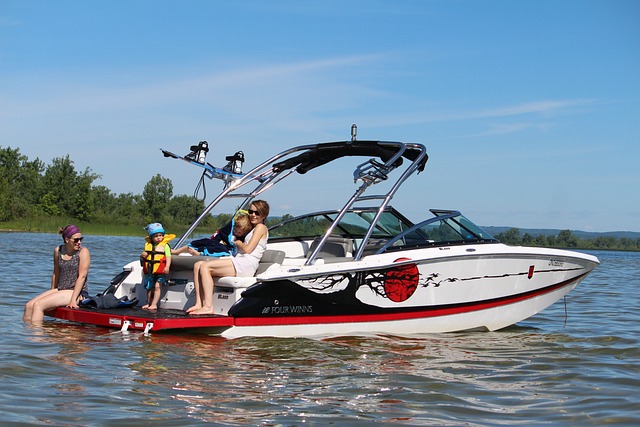Dialects in Tenerife
Tenerife is one of the largest islands in the Canary Islands archipelago. Here, the Spanish language differs from the version used on the Iberian Peninsula. The island speaks the Canary dialect, which has its unique features. This not only communicates cultural distinctiveness but also the rich history of the region.
Historical and Geographical Influences
This dialect emerged from a cultural-linguistic mix. For centuries, Tenerife witnessed exchanges between the Spaniards and the peoples inhabiting the Atlantic regions. Therefore, some elements of the dialect resemble Portuguese or even African languages. The geographical isolation of the archipelago from the rest of Spain favored the preservation of its uniqueness.
Phonological Differences
One of the most noticeable differences is the pronunciation. In Tenerife, you hear the characteristic “seseo,” where “c” and “z” are pronounced as “s.” Also, the “s” at the end of words is often omitted, which differs from the northern Spanish sound. Tenerife also has its specific accent, which sounds melodic to the rest of Spain.
Lexical Differences
Certain words and phrases are characteristic of the Canary dialect. For example, instead of the popular “tú,” “vos” is used. There are also terms borrowed from English, French, and Portuguese, reflecting the island’s commercial and migratory history. An example is the word “guagua” meaning bus, while on the Peninsula “autobús” is usually used.
Grammatical Differences
Grammar in Tenerife also has its distinct features. Although the core is close to Spanish, differences in the use of verb forms are often noticed. For instance, the past tense is used in a less complicated way than in the standard version of Spanish.
Impact of Media and Tourism
The lively, tourist attractions of Tenerife contribute to the popularization of the dialect. Thanks to local media, the use of the dialect continues and develops. Interestingly, a large percentage of tourists also try to use the local language during their visits.
Protection and Future of the Dialect
Language experts and local governments are taking measures to protect the Canary dialect. Schools organize lessons aimed at its learning and popularization. In an era of globalization, it’s easy to lose such cultural treasures, so the region actively works to preserve its linguistic heritage.
Summary
The language and dialect in Tenerife are key to understanding local culture and identity. Although it differs from the Spanish of the Iberian Peninsula in many aspects, including phonology, lexicon, and grammar, it is an important element on Spain’s cultural map. It’s worth paying attention to these linguistic nuances during your visit to the island.



